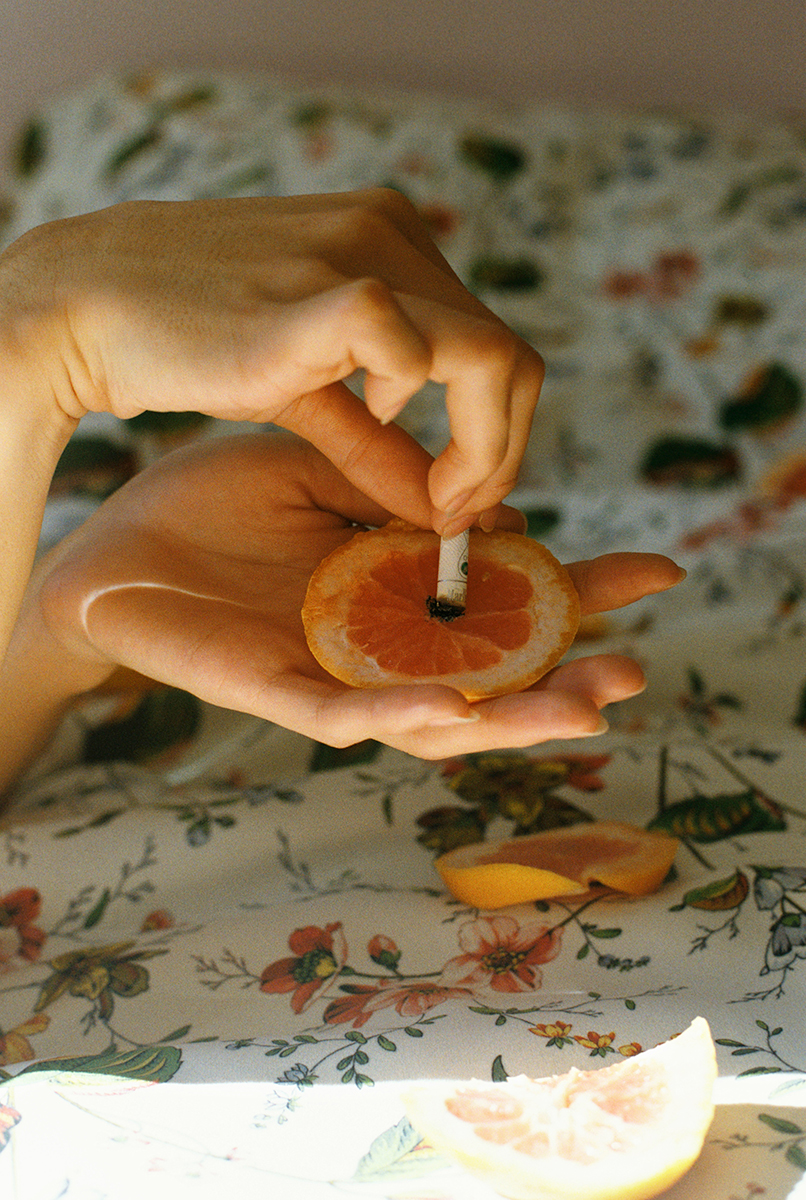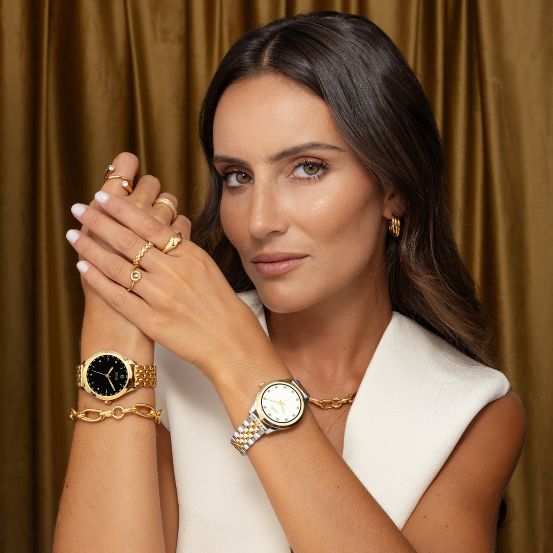Once upon a time, there was China. Once upon a time, there was the world. Once upon a time, there were young people who fell in love in the streets of China. Once upon a time, there were young people who discovered themselves in the corners of the world. But this China, and this world, are not the ones we are used to imagining. These, who portrays them is Lin Zhipeng (aka No.223). We promise that you will never forget them.
Once upon a time, there was China. Once upon a time, there was the world. Once upon a time, there were young people who fell in love in the streets of China. Once upon a time, there were young people who discovered themselves in the corners of the world. But this China, and this world, are not the ones we are used to imagining. These, who portrays them is Lin Zhipeng (aka No.223). We promise that you will never forget them.

Let’s start with the end. Why 223? “It's No.223, my nickname on internet. It comes from Wong Kar-Wai's movie, Chungking Express, there is a policeman in it, his ID number is 223. I used this nickname by random, now I have used it about 22 years. All of my friends call me 223.” And the new ones known, too. In a reply to the first email sent by Vogue, Lin Zhipeng, born in Guangdong, China, in 1979, adds a PS that we will not soon forget: “BTW, you can call me 223.” And so we did. The thousands of kilometers that separate Lisbon and Beijing, where he currently resides, were not an impediment for us to get to know each other better. Or, at least, to let us know that 223, in addition to being one of the most prolific artists of his generation - and which we admire since we laid eyes on the recently re-released Flowers and Fruits book - is both genius and generous. And this is rare, very rare, in someone who is used to seeing his name in the best international art galleries, along with the biggest creative people in the industry. Those who, like him, provide us with unforgettable images of a world that is here, within reach of us all, but that only the chosen ones can see.
Like many other artists, your background is completely different from your current work. You studied Financial English, but ended up never working in that area. What made you pursue a creative career? I always loved creative things. Actually, I don't like my major at all. When I graduated, I naturally chose a creative job, worked as an editor in media.
In 2003 you created a blog, North Latitude 23, where you showed pictures of everyday life accompanied by brief descriptions. It turned out to be a huge success. In retrospect, do you think this platform helped you to increase, or develop, your work as a professional photographer? My blog was my first social media platform to share my works. So far, I still using social media to share my art and my thoughts. Internet is much more open than traditional media (at least in China), so I can be pretty free to share my life online. I worked social media as [if they were] my personal magazine. During the period I had my blog, I got many followers and more and more people discovered my works, that included many creative and art people. So I also got invitation to do exhibitions from galleries and curators. I ended up getting into the art world step by step.
Your work reflects a raw, honest, perspective of a group of people that don’t seem to belong to what the world has grown to known as the “mainstream China.” And you do it by using film. When you started, was it your intention to do these kinds of images? How did you became so involved in the subject of youth culture? No… When I started, I didn't know what kind of images I would do. I just bought a film camera as a gift for myself. At the beginning, I also made street photos. But when I hanged out with my lovely friends and took pictures for them (also included myself), I noticed my friends are super creative when they are involved in my lens. I think it's an easy way to create my art. Youth culture is very creative and full of energy in China, especially young people who are growing up in a more and more open society. I am a young people as well, I just use camera to focus on my life and experience.
Speaking of the people who appear in your photos: are they always your friends or, sometimes, they can be complete strangers? How do you select who you want to photograph? And how do you create a connection with (possible) strangers, how do you make them feel comfortable? Usually I do photos for my intimate friends, except some special projects. For example, I have a project about a homosexual couple, and I am calling people to participate through social media. I did an art project "No.223@Grand Amour" two years ago in Paris in which all talents who participated were chosen via Instagram. For these special projects, most of participants are strangers. I have always liked to become friends with these strangers. We talk, we gossip and hang out, and then take pictures, it's my personal way of working. Also because most of them had seen my work before, they know my style, if we can be friends, they will be feel comfortable when I hold up my camera.
How do you deal with censorship? And I am not asking you this only because of the nudes. We live in cancel culture world, and everyone seems to have a saying about anything. Does it affect the way you approach your work? I don't have any good thing [to say] about censorship. It’s not only the social media in China, it’s also Instagram. The only way I can do is covering mosaic on nude pictures. But you know, sometimes even that works and people still think the picture is erotic. It's ridiculous and sad for art. But for AI, there is no any standard to judge one image is erotic or not.
Besides photography, you also write. What do you write about? And I read that you would also like to pursue filmmaking. How do you combine these different mediums? Is the creative process completely different, or does it have similarities? Yes… I have four things in my life: photography, writing, travel and publishing. I wrote when I worked in magazines, I kept writing on my blog and also published two books in China (in Chinese, of course). My writing is most about my life and my travels, I travel at least three months a year. I also write short novels, most of them are bizarre stories, things I have in my mind. No matter photography or video or writing, different mediums always have similarities. When I take pictures, I imagine stories from images, it's like writing a story. When I write, I always have a very specific image in my head, it's like watching a movie.
Photographers normally say that their best picture is always the next one. Is it possible for you to choose your favorite picture, and explain why that one? It's hard to choose my favorite picture. I noticed my aesthetic is always changing. Now, when I see photos I took years ago, I always prefer the images I discarded before and forget the ones I chose at the time.
How has the pandemic affected the way you work? Did you keep on taking pictures? Did you find news ways to express yourself? It's very sad that I cannot travel abroad in this pandemic period, since I took many of my pictures in my trips before all of this. But I can still travel in China, hang out with friends. In China, most of the time our cities don't need to lockdown, so we don't need to quarantine. I can keep on taking pictures. I sorted out all of the negative/films I took last year, actually they are not less than other previous years.
This edition is dedicated to creativity. What keeps you inspired? In addition, do you think that the current overload of information, images and news, especially on social networks, can somehow kill creativity? My life and my hobbies inspire me. It's hard to say what kind of thing in specific, but I think it's because I love all creative things. Art, cinema, music, design, painting, illustration, manga, even a plate of food. I love to travel, I can also receive plenty of inspiration on the road, in different areas, cities or countries. I love wild places more than urban places. Travels are always full of random encounters, I can get a lot of beautiful experiences out of them. They always end up becoming special ideas in my art.
*Originally published in The Creativity Issue of Vogue Portugal, from march 2021.Full credits on the print version.
Relacionados
.jpg)


.jpg)

.jpg)

